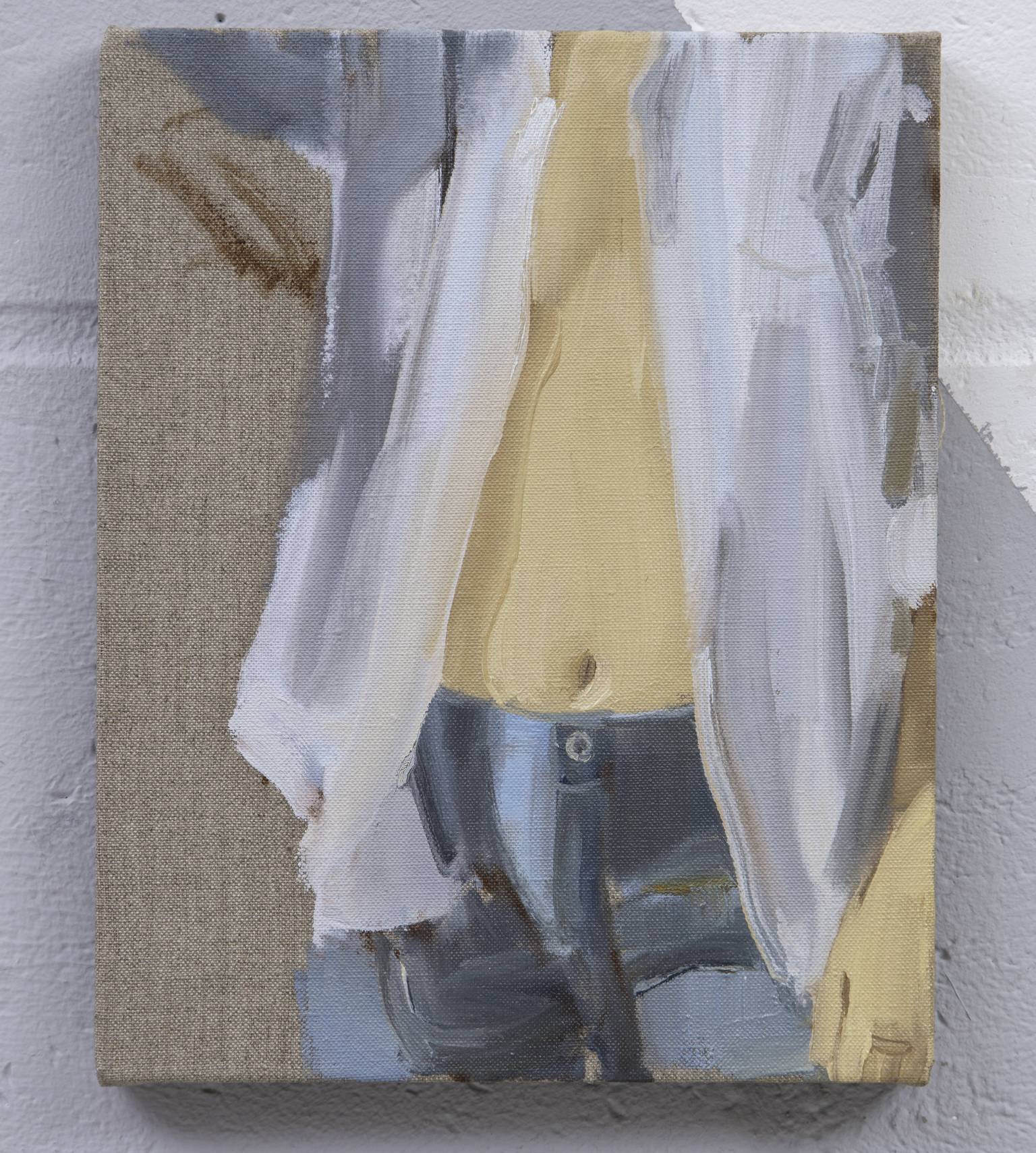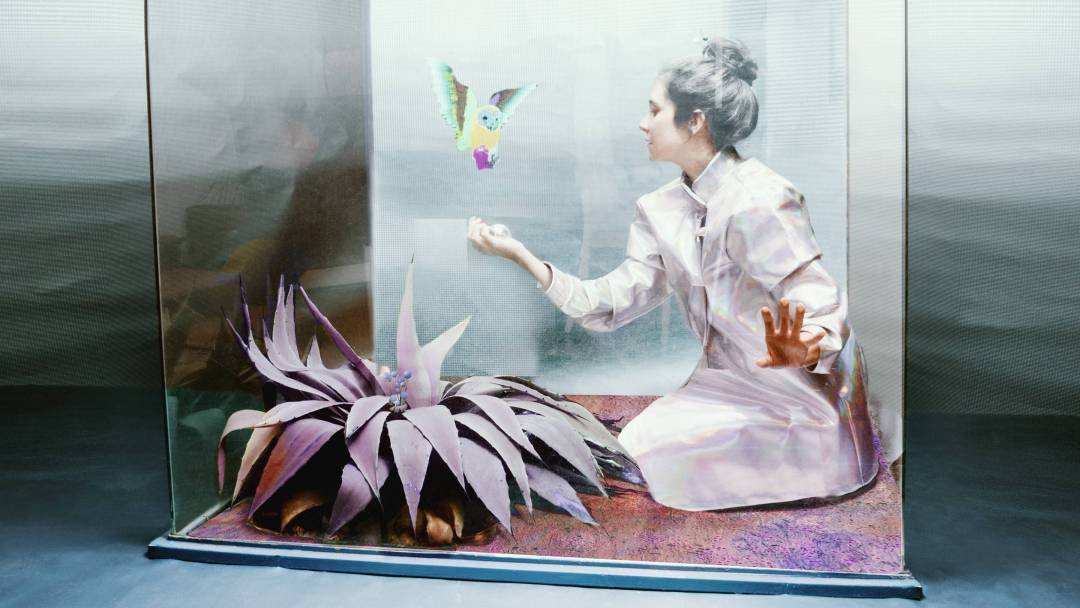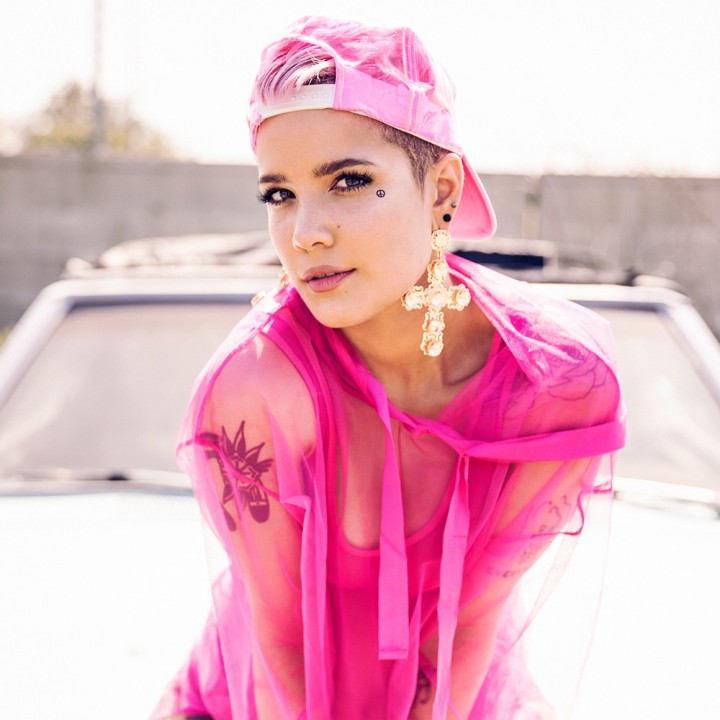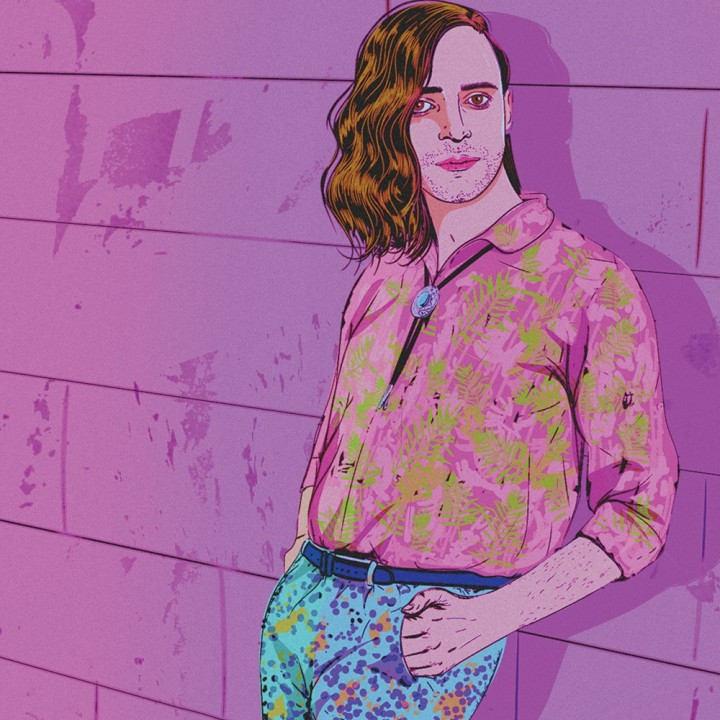
Artist Gideon Rubin: Inspirations from Vulnerability, Intimacy and Atrocity
Gideon Rubin began creating his nostalgic, dreamlike art late in life. “It never occurred to me that I could do it—or want to do it,” he explains, despite being son to a curator and grandson to a painter. “In Israel [his hometown], there was no inclination that I could ever become an artist,” says the now London-based artist. “I started painting late. Art was in my DNA, but I rejected it.”

Rubin found his signature style at New York’s School of Visual Arts (SVA) and later at London’s Slade School of Fine Art. “That was my initial four or five years, just training myself academically.” While he was in New York, American Airlines Flight 11 and United Airlines Flight 175 struck the Twin Towers. The world and Rubin changed forever. “At SVA, I was painting from life: myself, my friends, models. After 9/11, I couldn’t look myself in the mirror. I could not make self-portraits anymore,” he says. “I was finished.”
Unable to continue the path he was on, Rubin found inspiration in discarded toys and damaged dolls. “These dolls and toys, being antiques, were missing parts: a headlight, an eye, an arm. I began to use them to make still life works. Instead of making a self-portrait in three months, I made three paintings a day. I had to clear my head and my heart,” says Rubin. “I was painting frantically.” These discarded objects were, in many ways, indicative of the nation’s condition after the towers fell.

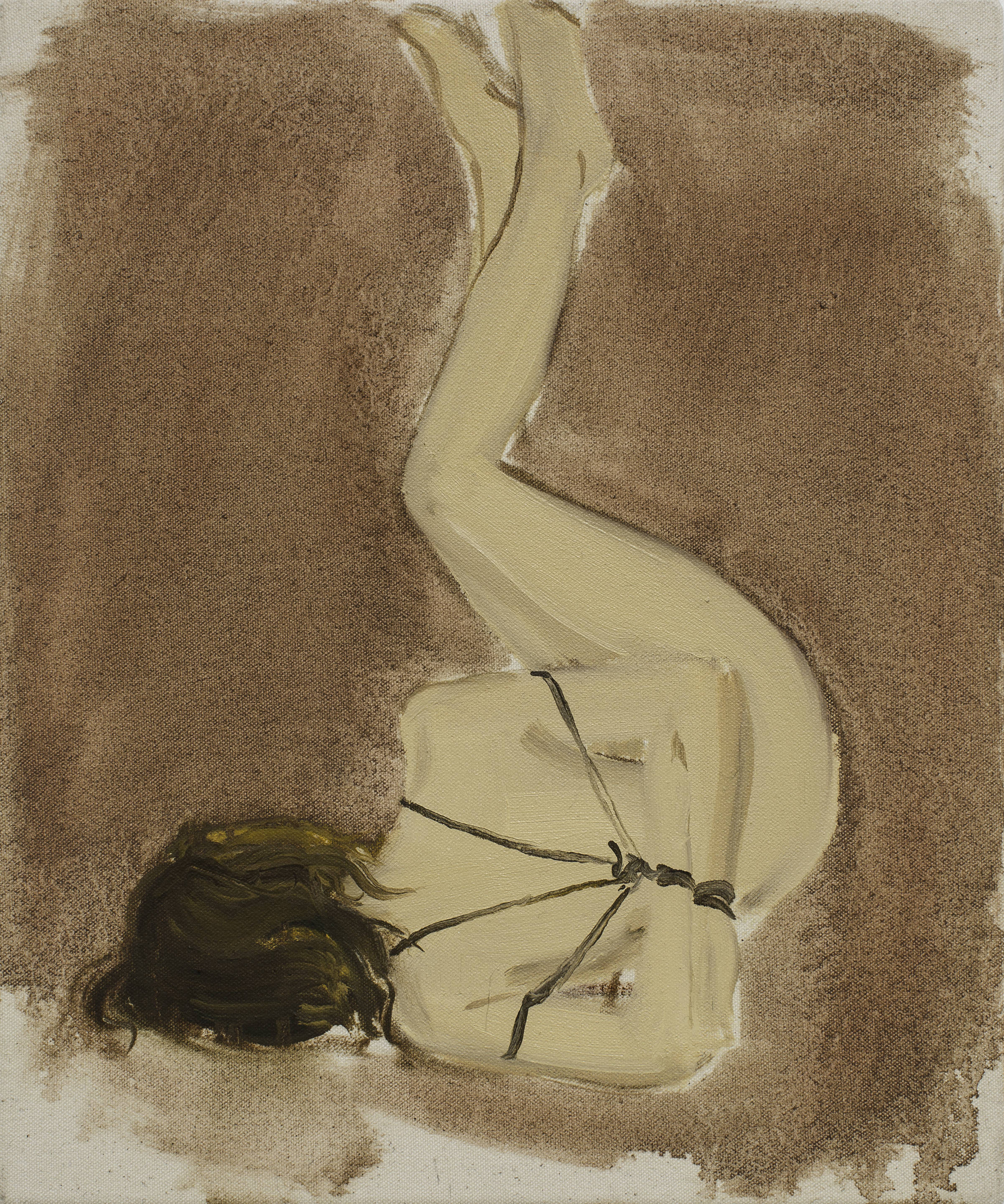
“When I visited the Freud Museum two years ago, I began to think about how magazines looked when Freud fled Vienna in ‘38, just before the war. Eventually, I got a bunch of German magazines. For me, being Jewish from Israel, it was a heavy subject,” he says. “I started painting on them, erasing text or imagery. There was a dark undertone to the work that appealed to me.”

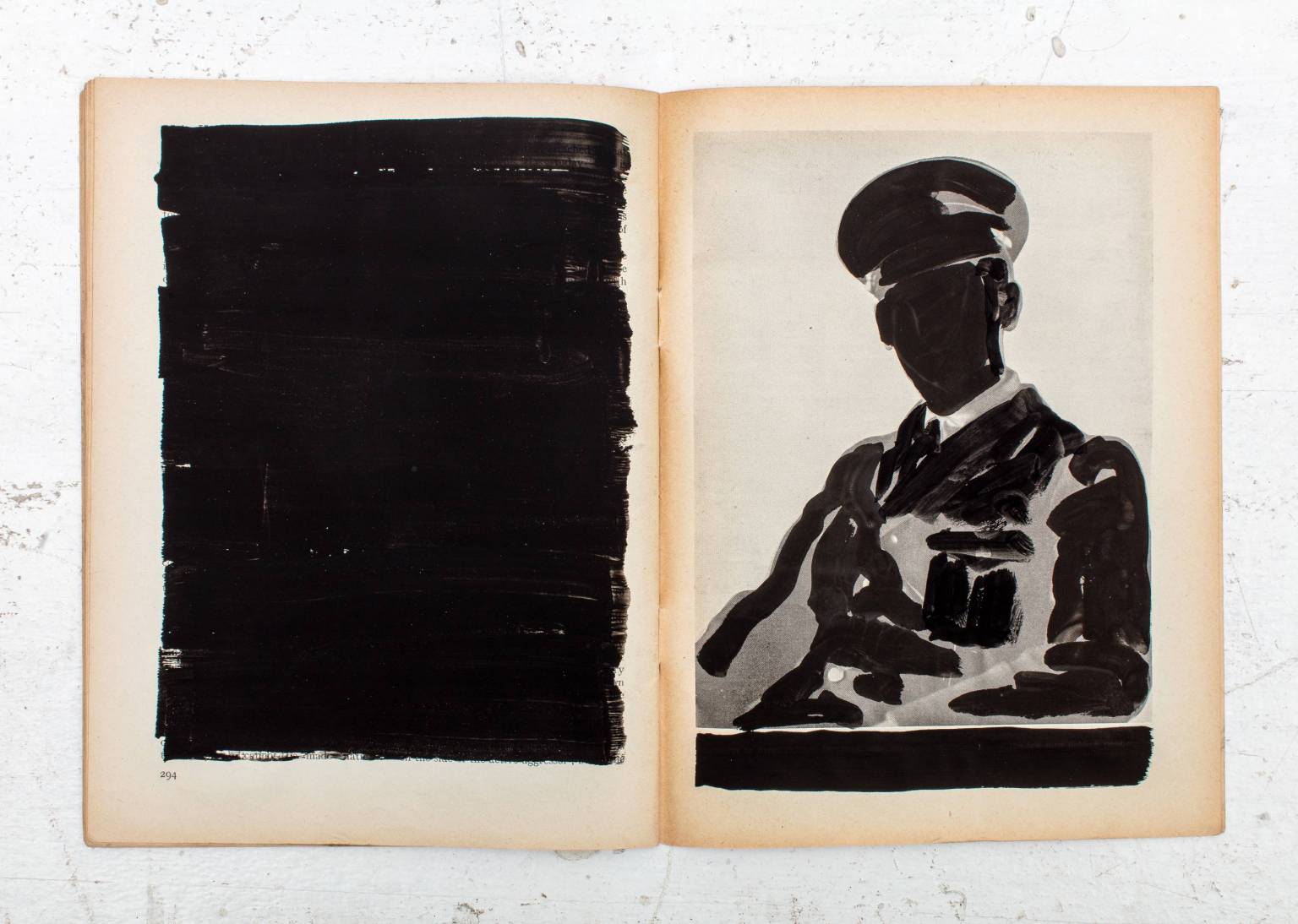
With his artistic eye focused on the past, Rubin is still troubled by the future. “In my early 30s, I went to Auschwitz, and at the end of the visit, after a flood of tears, the guide said, ‘We have to remember, as I speak to you now, horrific things are being done.’” Rubin pauses, reflects, and mournfully says, “The world is not learning.”
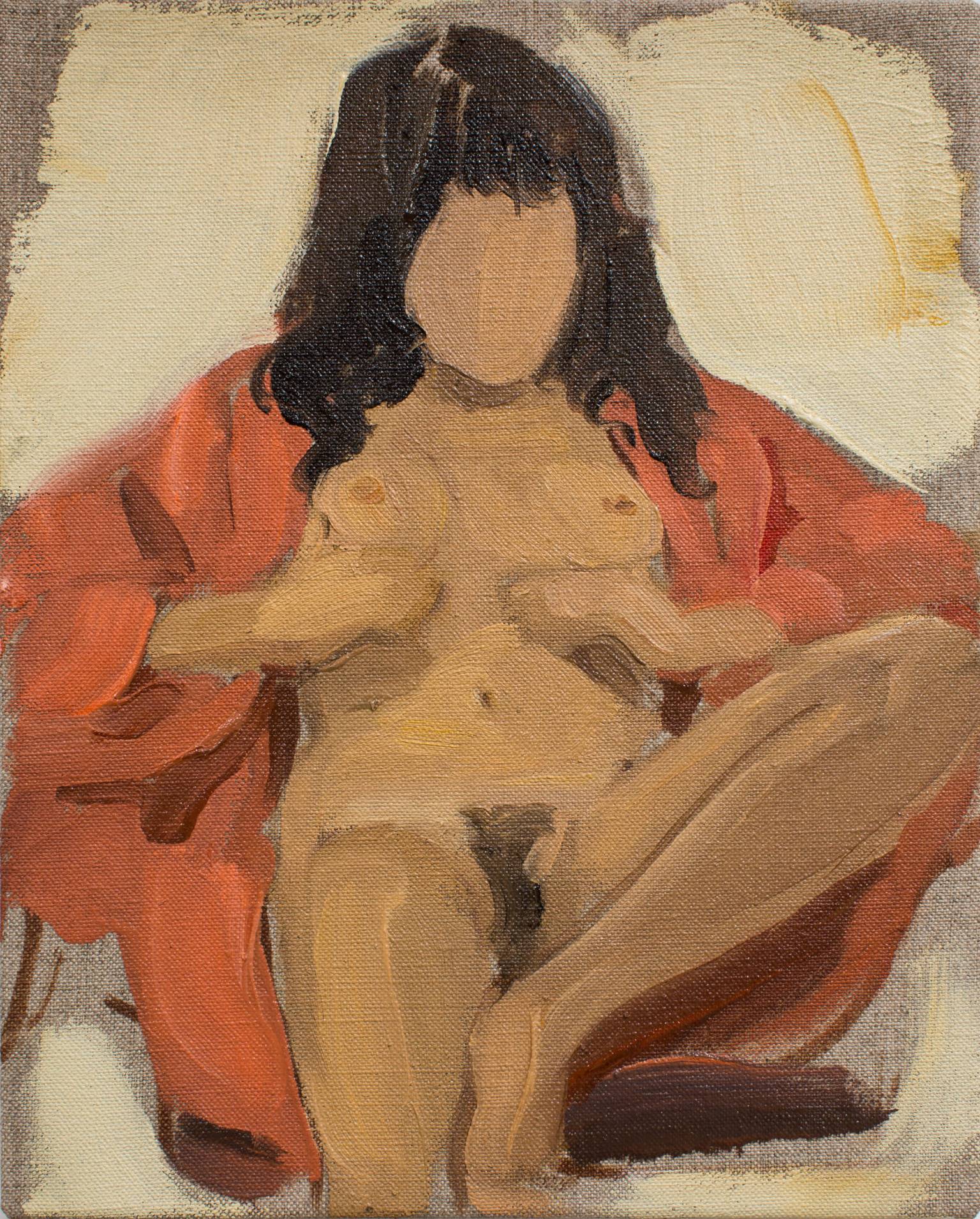
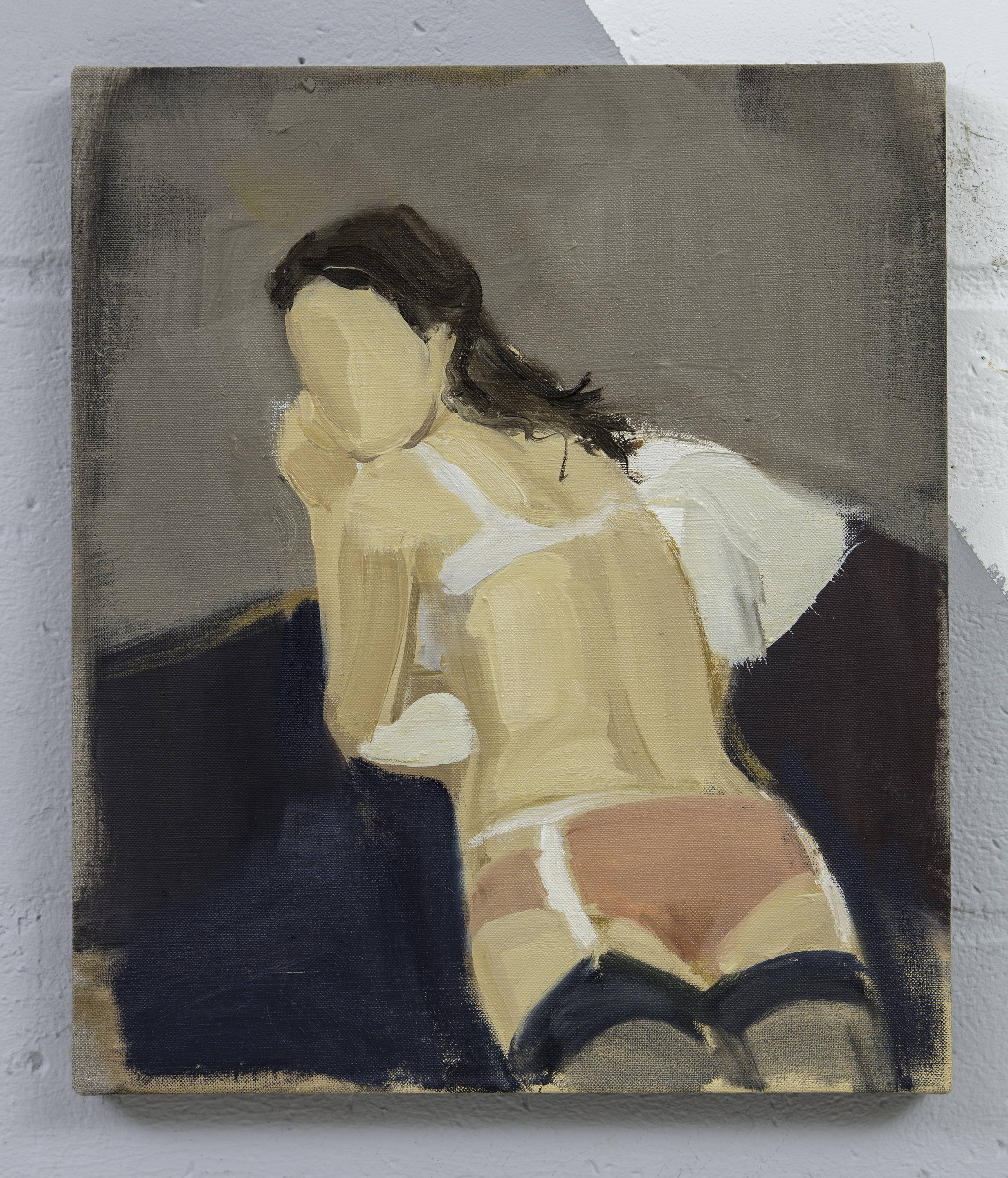
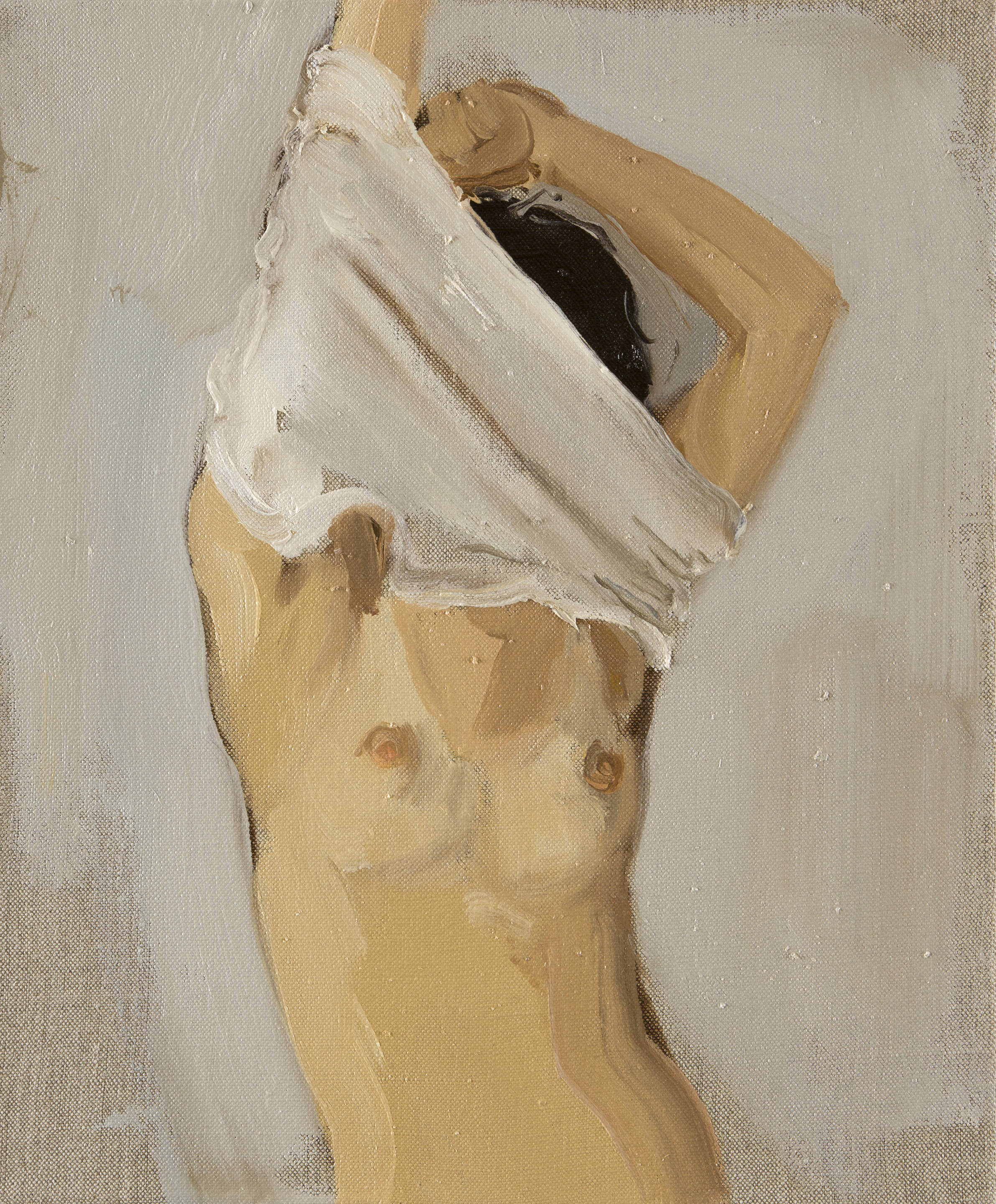
A Young Photographer Takes on Thailand's Monarchy
Harit Srikao is a 22-year-old fearless artist and activist.

